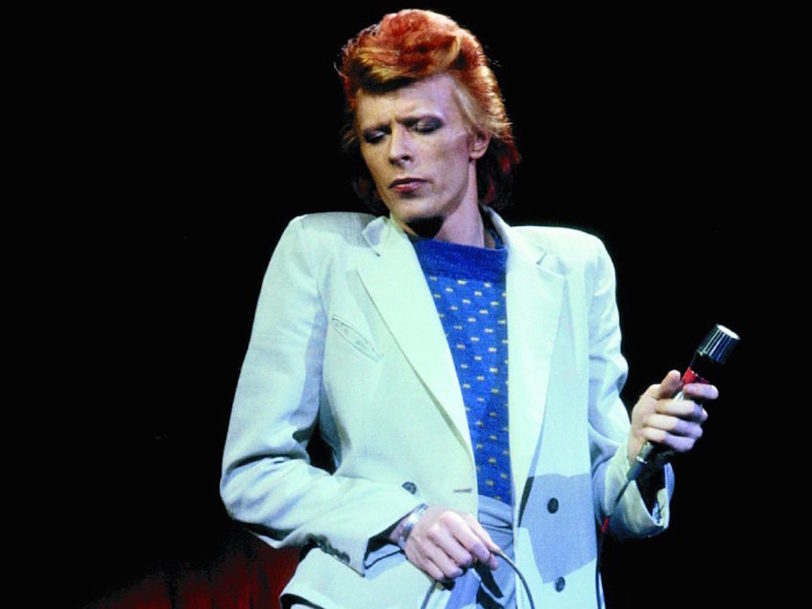In July 1973, when David Bowie stood centre-stage at London’s Hammersmith Odeon and stunned his devoted fans by announcing it was “the last show we’ll ever do”, it sounded like he was killing his career as a live performer, not just consigning Ziggy Stardust And The Spiders Of Mars to the past. Yet, just 15 months later, Bowie released his first official live album, David Live: a lavish double-disc souvenir of a run of Philadelphia shows performed during Bowie’s gargantuan US Diamond Dogs tour, which was still ongoing when the album hit the racks on 29 October 1974.
Listen to ‘David Live’ here
“It was good fun and dangerous”
Since effectively retiring Ziggy Stardust, Bowie had quickly made good on his promise that “there were other things I needed to do”. After his stopgap covers album, Pin Ups, he’d struck out for pastures new with May 1974’s acclaimed Diamond Dogs, which topped the UK charts and was heading for the Billboard 200’s Top 10 when Bowie embarked on the lengthy US jaunt he’d secured to support the record.
At this juncture, the Diamond Dogs tour could count itself among rock’s most ambitious undertakings. Two months of rehearsals were required to get everything ready, with Bowie and co-designer Mark Ravitz (who later designed sets for KISS and Whitney Houston) creating an extravagant theatrical stage set, based around a concept Bowie called “Hunger City”. Partially inspired by Fritz Lang’s 1927 sci-fi movie, Metropolis, and Robert Wiene’s silent horror The Cabinet Of Dr Caligari, the completed set cost an estimated $250,000, weighed six tonnes and incorporated over 20,000 moving parts, including props such as streetlamps, chairs and catwalks.
Performing in such an elaborate setting wasn’t without risks. As Bowie recalled in a 1990 interview with Musician, the tour “was good fun and dangerous, with the equipment breaking down and the bridges falling apart on stage. I kept getting stuck out over the audience’s heads, on the hydraulic cherry picker, after the finish of Space Oddity.”




